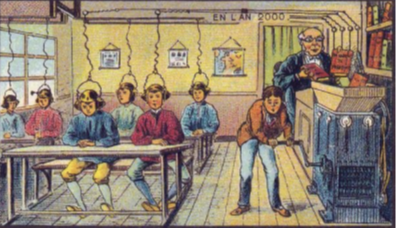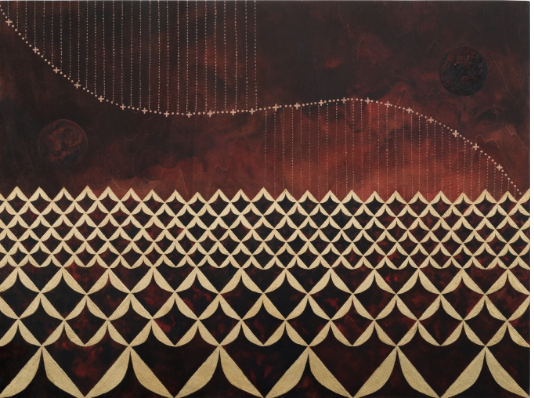

Mathematics Education and Society (MES) conferences arose out of a felt need for a wider discussion of the social, ethical, and political dimensions of mathematics education, for disseminating theoretical frameworks, discussing methodological issues, sharing and discussing research, and planning for action and the development of a strong research network on mathematics education and society.
Mathematics Education and Society conferences aim at bringing together mathematics educators from around the world to provide such a forum, as well as to offer a platform on which to build future collaborative activity. It is expected that topics discussed will be wide-ranging. It is also expected that all issues will have a clear underpinning in social/political/cultural/ethical themes. The general topics of the conference are:
Papers, project presentations, symposia and posters are invited for submission. All submissions will be peer reviewed by at least two members of the MES community. A critical evaluation of each submission will be provided following this review.
Research Papers: Papers could be theoretical papers, empirical research reports, or discussion essays addressing themes of relevance to the conference. Length: maximum 12 pages.
Project Presentations: Shorter on-going projects of theoretical, empirical or developmental character are welcomed for discussion during the conference. The project description in written form should address a topic of relevance to the conference. Length: maximum 6 pages.
Symposia: A symposium proposal should include the aims of the symposium, a rationale for its relevance to the conference, and a suggested plan for how the symposium will be conducted. Length: maximum 6 pages.
Posters: A poster proposal should include the aims of the study and a rationale of its theoretical or empirical character. Length: maximum 6 pages.
Instructions to the Authors
All papers should be submitted in English, using the MES13 paper template. Length limits named above include references and an optional copy of the abstract in a preferred language.
The accepted papers, project presentations, symposia, and posters will be published on the MES13 website prior to the conference. The accepted papers, project presentations, symposia, and posters will be published on the MES13 website prior to the conference.
Language Support for Submissions
The conference recognizes that MES participants teach, research and write in diverse language contexts. We are thus offering the following options:
When making a submission, a participant may choose to provide an abstract in a language that is suitable for their context in addition to an abstract written in English. In such a case, the full paper should still meet the stated length requirements.
When making a submission, a participant writing in English as a second/additional language may request writing feedback on the submission prior to review. We encourage author(s) to indicate specific aspects of the writing they would like feedback on, for example, clarity of meaning, grammar etc. Two experienced MES researchers assigned to the paper will then be in contact with the author(s) about the feedback. Authors who wish to have English language support must submit by 1 November 2024. A team of MES scholars will volunteer to do the English language support chaired by Kate le Roux, Jayasree Subramanian, and Lisa Darragh.

Jean-Marc Côté and other artists, France 1899, 1900, 1901 and 1910

Photo from African Fractals: Modern Computing and indigenous Design, p. 82.

Abacus, 2010, wood, metal and human hair. 5 x 5 in2 by Sonya Clark photo credit: Taylor Dabney
Huliau me ka Māuiki'iki'i (Revolution and the Solstice) is a painting by Hawaiian artist Lehuauakea (Kanaka Maoli / Native Hawaiian). It references the new eruption and volcanic activity that took place on the night of the 2020 winter solstice (December 21) at Kīlauea volcano on Hawai'i Island. After two years of silence, the volcano came back to life, reopened the summit caldera, and created a new lava lake over 450 feet deep.
For Lehuauakea, it is especially moving and important that this event occurred on the winter solstice, which is symbolic of a great cosmic change as the days get longer and the light returns. She notes, “In Native Hawaiian culture, we call something like this a hō'ailona, or a sign of something greater. When I awoke to the news of the eruption, I knew that after all that 2020 had brought us, there would be more shifting, change, and revolution to come. Only time will tell what these changes will bring, however I believe that it is all universally aligned — just as the movements of the stars have taught us.”
This artwork is part of a curated collection by Erin Dengerink in October 2021 at Foothills Elementary, in Buckley, Western Washington. The local art selection committee wanted artworks that are beautiful, intriguing, and spark imagination.
This artwork was acquired for the State Art Collection in partnership with White River School District.
Lehuauakea (Kanaka Maoli / Native Hawaiian) creates craft-based art that includes large-scale sculptures, hybrid installations, traditional canvas paintings, and Native Hawaiian craftwork. In their own words, "I aim to address subjects of mixed identity and cultural erasure, Indigenous resilience, and ecological decline through a contemporary Hawaiian lens." Lehua breathes new life into the labor-intensive traditions of making of 'ohe kāpala (carved bamboo stamps), kapa cloth, and natural pigments. Kapa is the traditional Native Hawaiian barkcloth, a non-woven textile made from the bark of specific trees.
Lehuauakea is a māhū mixed-Native Hawaiian artist from Pāpa'ikou on Moku O Keawe, the Big Island of Hawai'i. They earned a Bachelor of Fine Arts degree in Painting with a minor in Art + Ecology at the Pacific Northwest College of Art in Portland, Oregon. The artist is based between Portland, Oregon, and Pāpa'ikou (Hawai'i).
